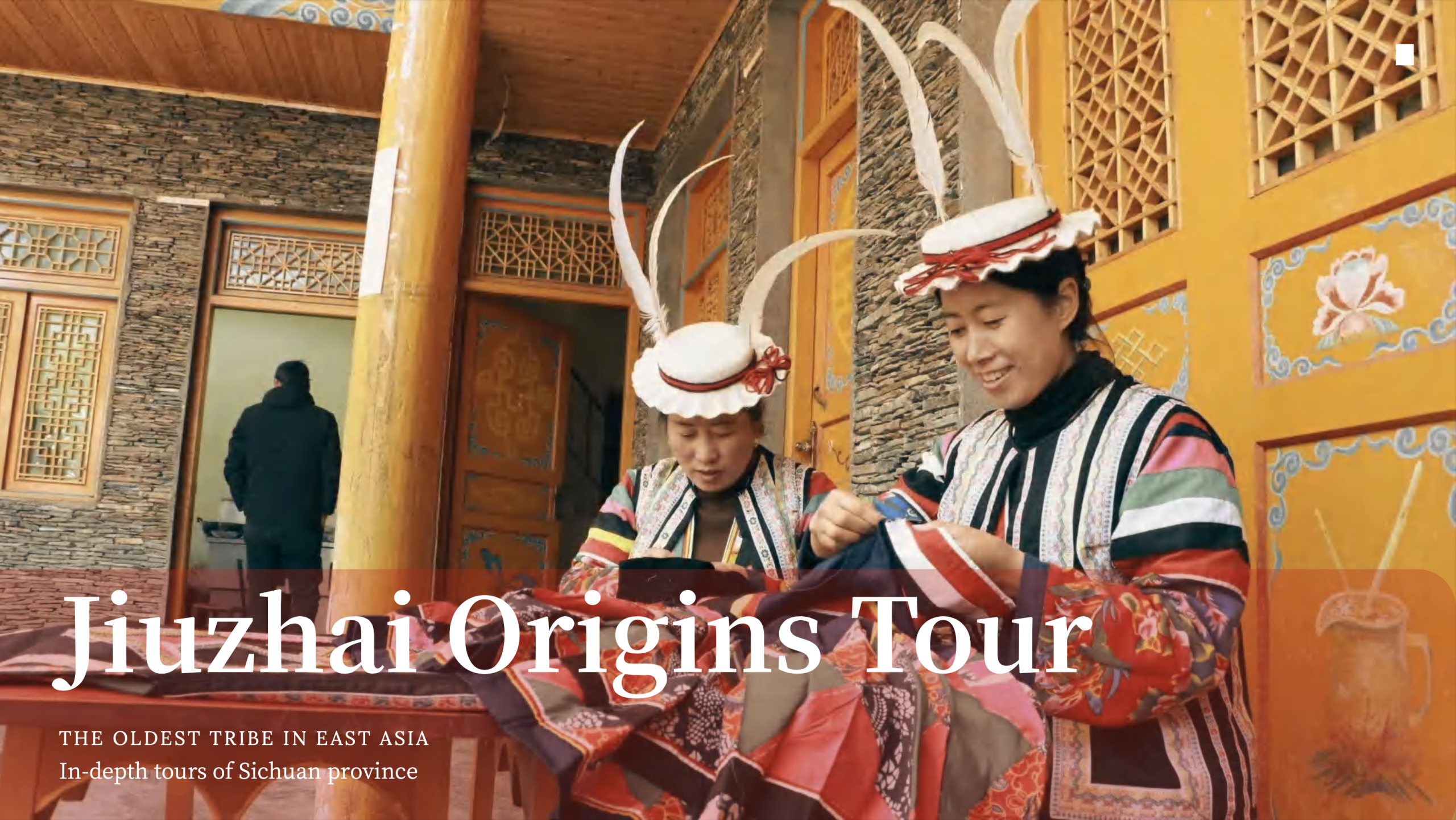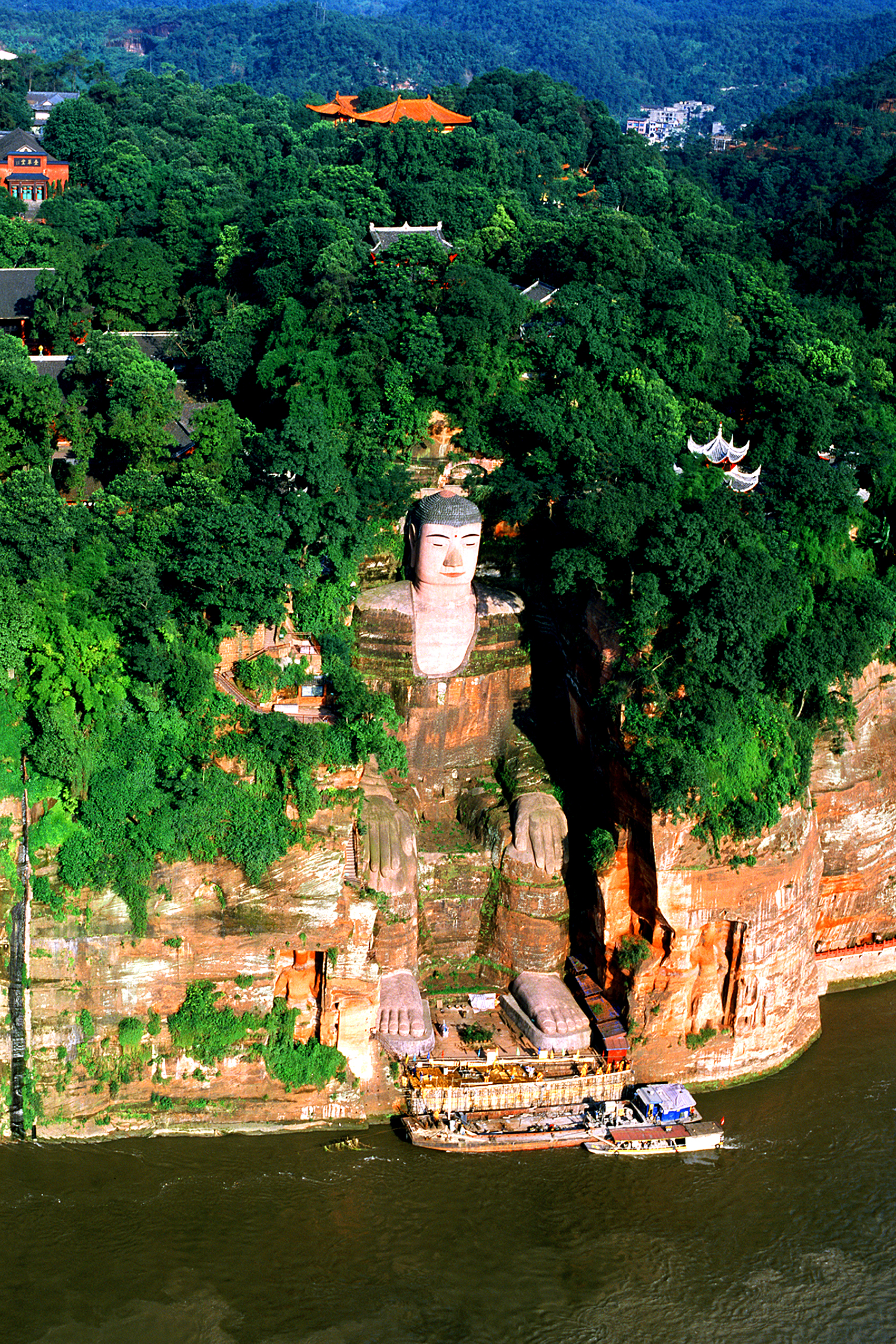Sichuan, Land of Abundance

Sichuan, located in southwest China,Known as the “Land of Abundance”, Sichuan has been listed among the top ten travel destinations in Asia by Lonely Planet. Sichuan’s uniqueness begins with its extraordinary geography.
The dramatic elevation difference between Mount Gongga, its highest peak at 7,508.9 meters above sea level, and the Yulin River Gorge, its lowest point at 188 meters, has fostered an exceptional level of ecological diversity.
The World Wide Fund for Nature (WWF) has designated Sichuan as one of the top ten “Biodiversity Hotspots” in the World, and British botanist Ernest Henry Wilson once hailed it as the “Mother of Gardens”.
Sichuan is home to five UNESCO World Heritage Sites, including three Natural World Heritage Sites, one Cultural World Heritage Site, and one Mixed (Cultural and Natural) World Heritage Site.
The first Natural World Heritage Site is the Sichuan Giant Panda Sanctuaries. Sichuan is known as the “hometown of the giant panda”, with more than 80% of the world’s wild giant panda population living in the province.
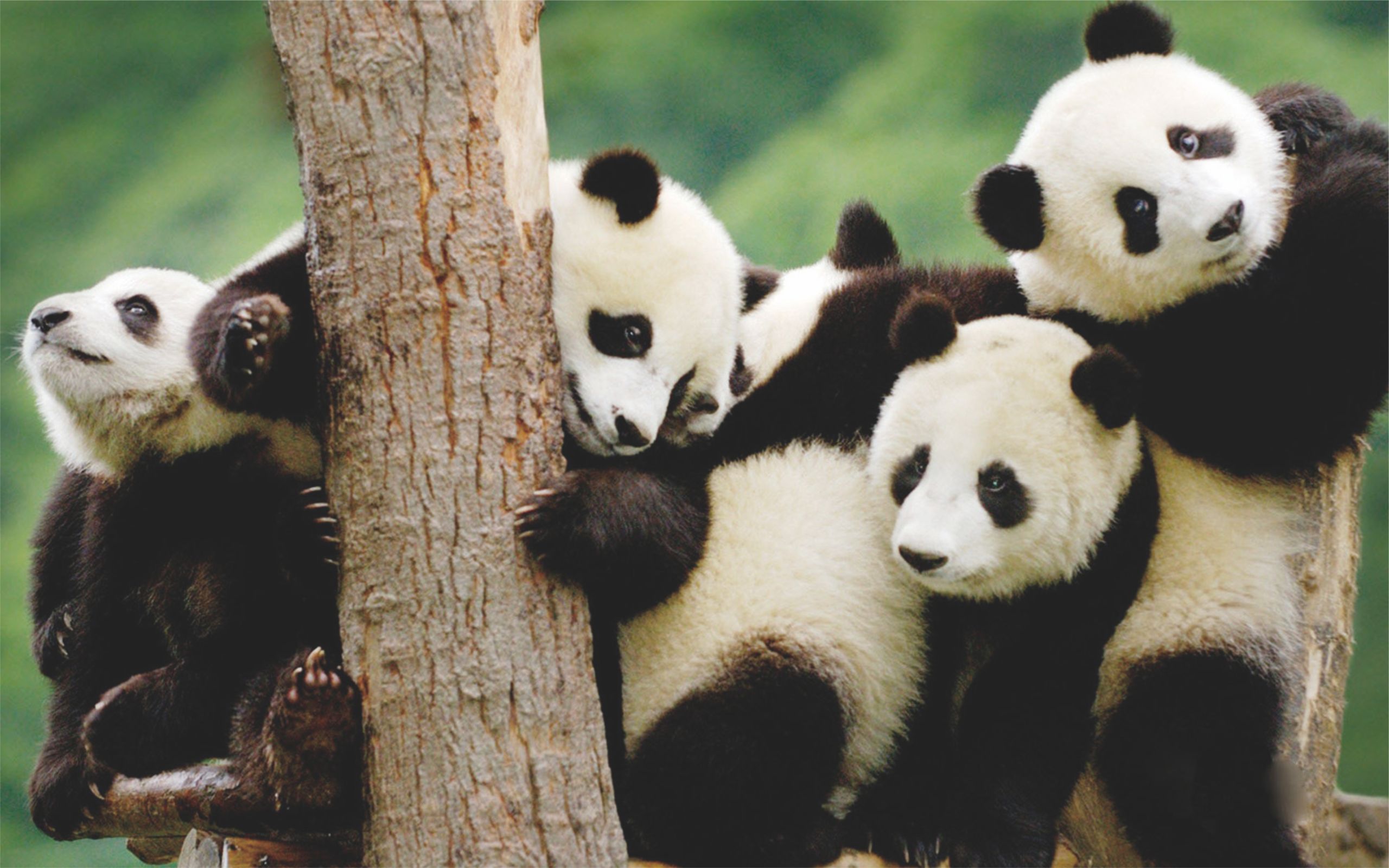
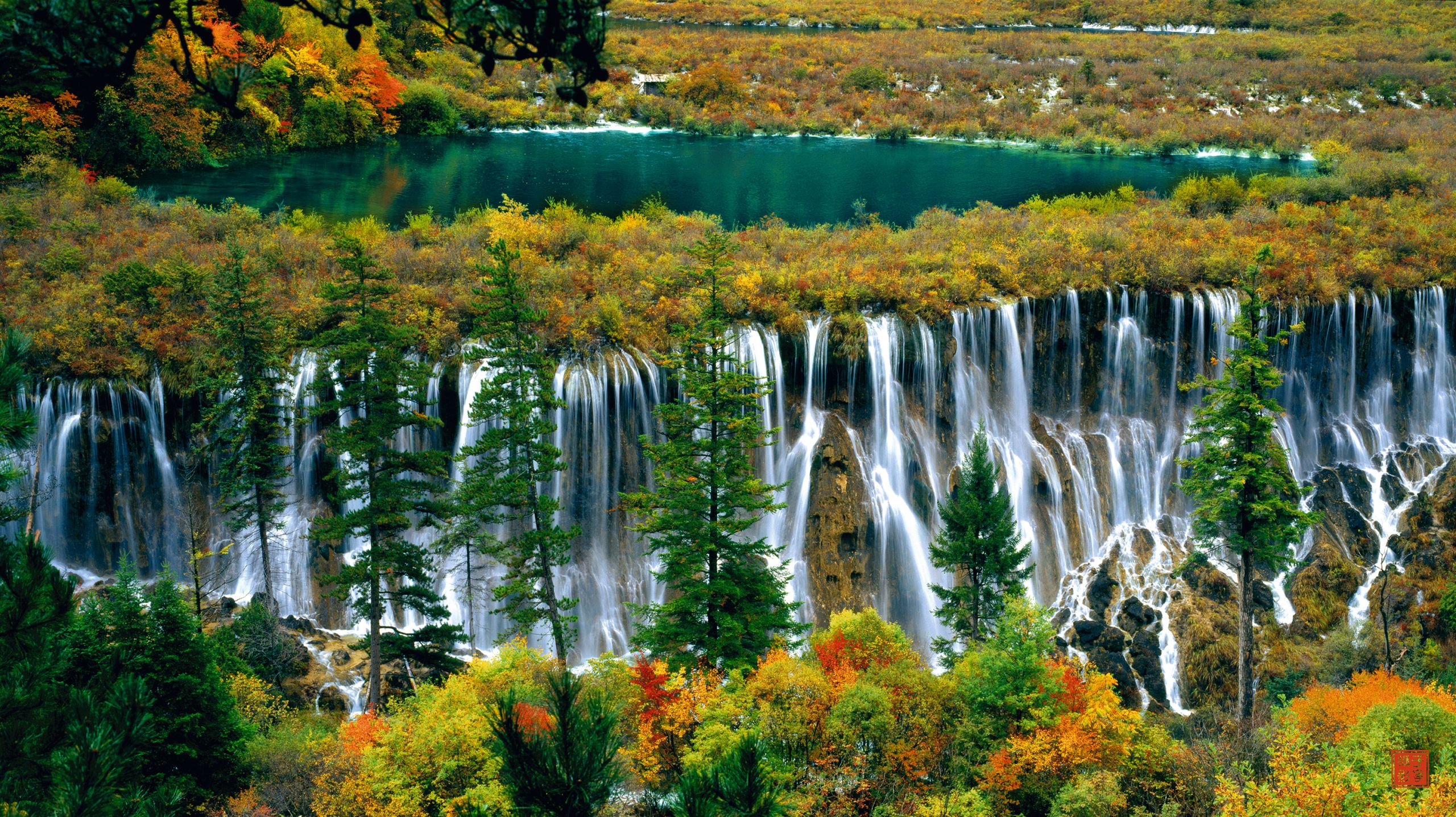
The second Natural World Heritage Site is the Jiuzhaigou Valley Scenic and Historic Interest Area, a place of colorful alpine lakes, magnificent waterfalls, and vibrant colorful forests. It is often referred to as a “Fairyland Landscape”.
The third Natural World Heritage Site is the Huanglong Scenic and Historic Interest Area, known for its dragon-like travertine formations and stunning alpine wetlands. It is praised as a “Fairyland on Earth”.


The fourth is the Cultural World Heritage Site Mount Qingcheng and the Dujiangyan Irrigation System. Dujiangyan is a grand irrigation project built over 2,300 years ago that still nourishes vast farmland today. Mount Qingcheng is one of the birthplaces of Taoism in China.
The fifth is the Mixed (Cultural and Natural) World Heritage Site Mount Emei Scenic Area, including Leshan Giant Buddha Scenic Area. Mount Emei is one of the four sacred Buddhist mountains in China. The Leshan Giant Buddha, constructed over 1,200 years ago, is the largest stone Buddha statue in the world.
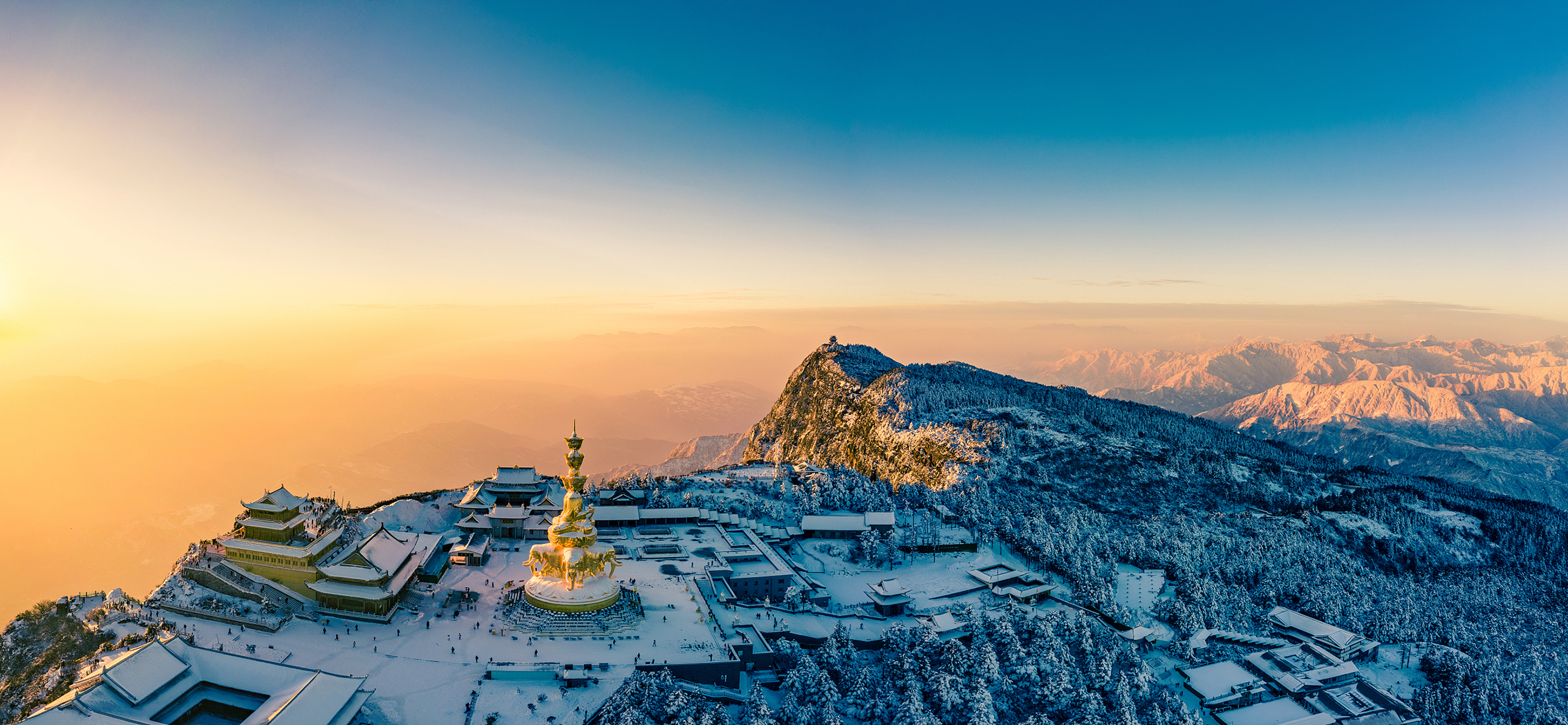

Sichuan have four international cultural and tourism highlights:
The first highlight is the “Land of Abundance: Sichuan”. Sichuan has long enjoyed the reputation of being the land where “great writers have emerged from Ba and Shu since ancient times” and where “the most magnificent landscapes under heaven are found in Shu”. It boasts the richest, most diverse, and highest-quality cultural and tourism resources in China, giving it a unique advantage in developing the cultural tourism industry.
The second highlight is the “Home of the Giant Panda”. Sichuan is home to the world’s largest giant panda habitat with around 1,400 wild pandas as well as the largest captive panda population. Visitors can see adorable star pandas at the panda bases.
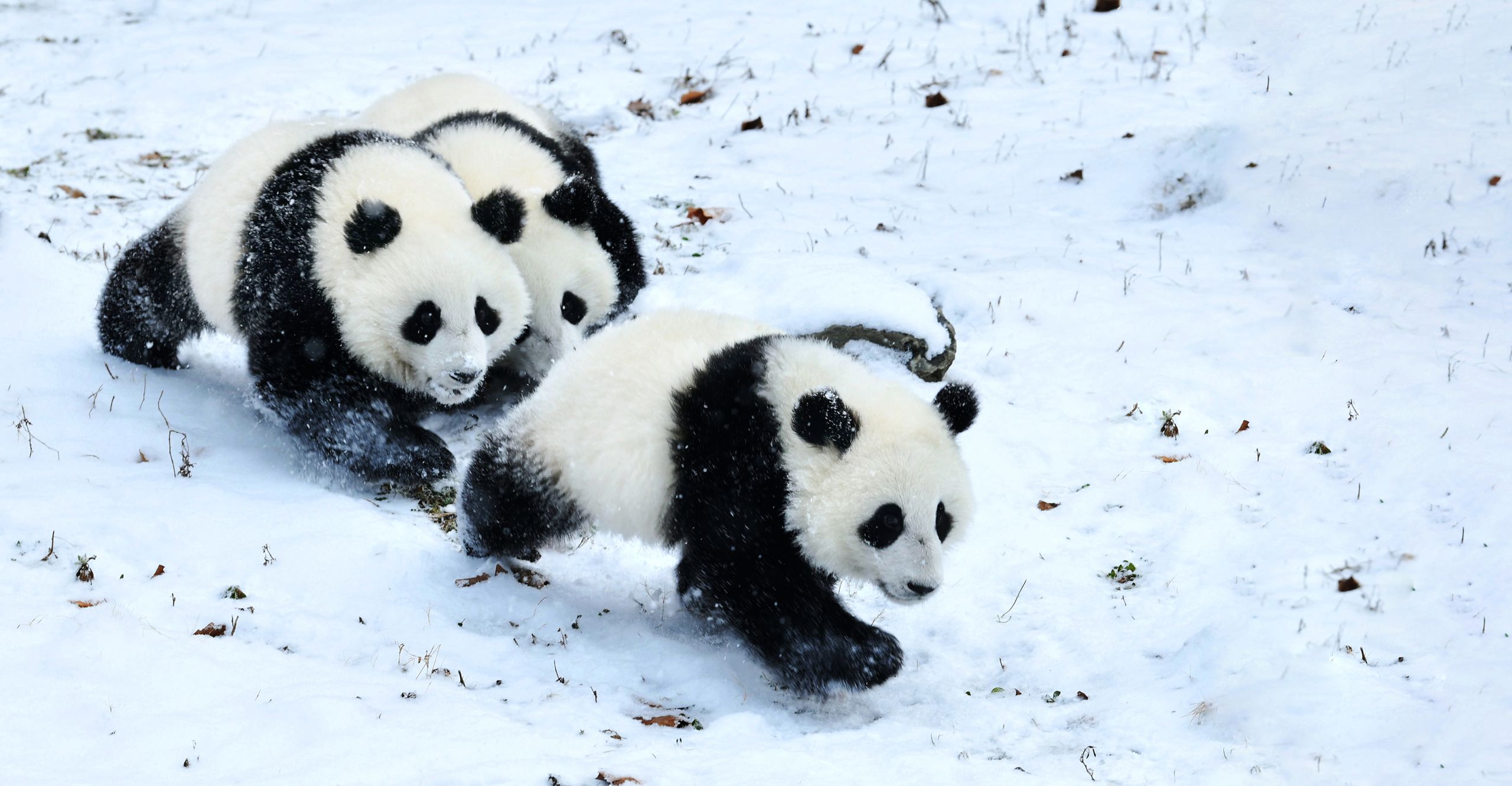
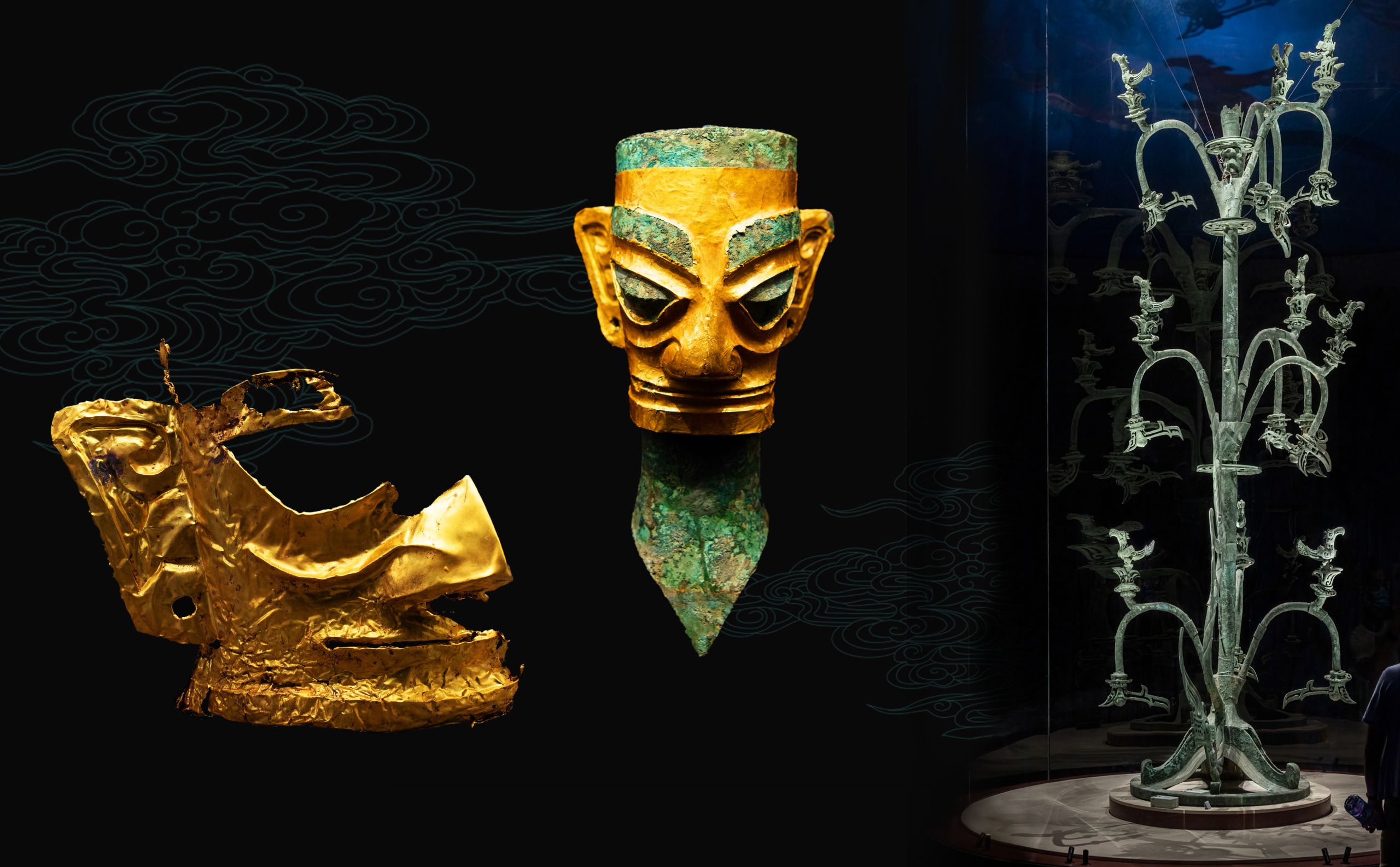
The third highlight is the “Ancient Shu Civilization”. Sichuan is one of the cradles of Chinese civilization, and Ba and Shu culture is an important part of it.
The Sanxingdui culture represents the peak of ancient Shu civilization. With its unparalleled bronze and gold artifacts, it has been hailed by the international archaeological community as “one of the greatest archaeological findings of the 20th century”.
The fourth highlight is “Leisurely Sichuan”. “Fast-paced” development harmoniously merges with the philosophy of “slow living” here. Sichuan is the birthplace of tea culture and home to the most teahouses in the world.
It is also the origin of Sichuan cuisine, one of China’s four major culinary traditions. The capital city, Chengdu, is recognized as China’s top tourist city and has been designated by UNESCO as a City of Gastronomy. Visitors can savor lid-bowl tea, watch Sichuan opera face-changing, and enjoy a hotpot feast.

Step into Sichuan to experience the charm of its rich culture, admire the beauty of its natural ecology, and enjoy the pleasures of a leisurely lifestyle.



